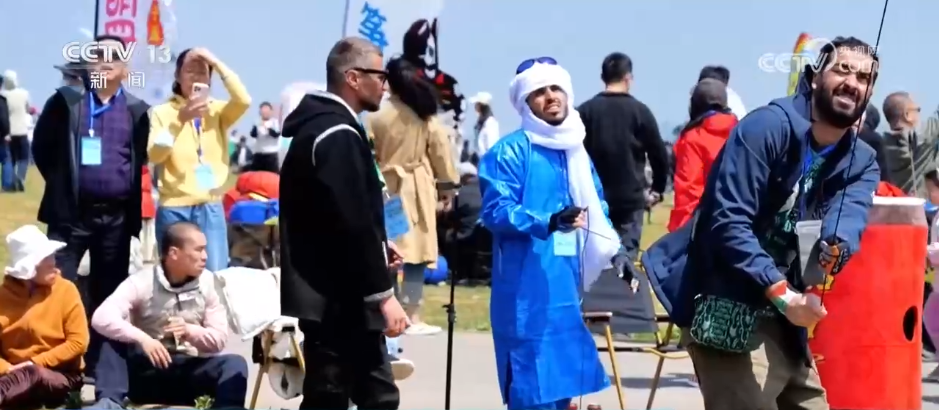CCTV News: Kite, known as "Kite", originated in China, is popular all over the world, and has a long history. In 2006, Weifang kite making skills were included in the first batch of national intangible cultural heritage list.
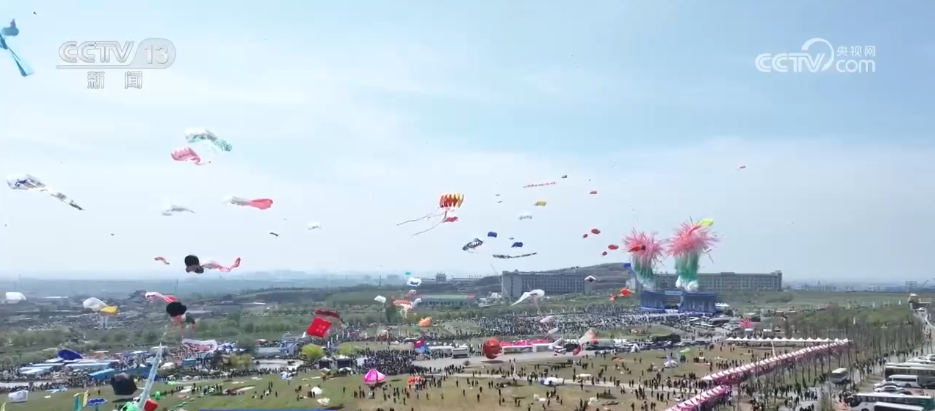
Recently, the annual Weifang International Kite Conference came to an end. Kite lovers from 51 countries and regions around the world use the sky as a scroll, kites make brushes and ink, and paint the spring chapters together.
The history of kites can be traced back to more than two thousand years ago. "Han Feizi: The Foreign Crown" records that "Mozi was a wooden kite, and she was made in three years, but Fei was defeated in one day." Before the Han Dynasty, people often called kites "wood kites", and kites during this period were mostly used for military purposes. After Cai Lun of the Eastern Han Dynasty improved papermaking technology, the silk used to make kites was replaced by paper, and "floating kites" became popular as a leisure method.
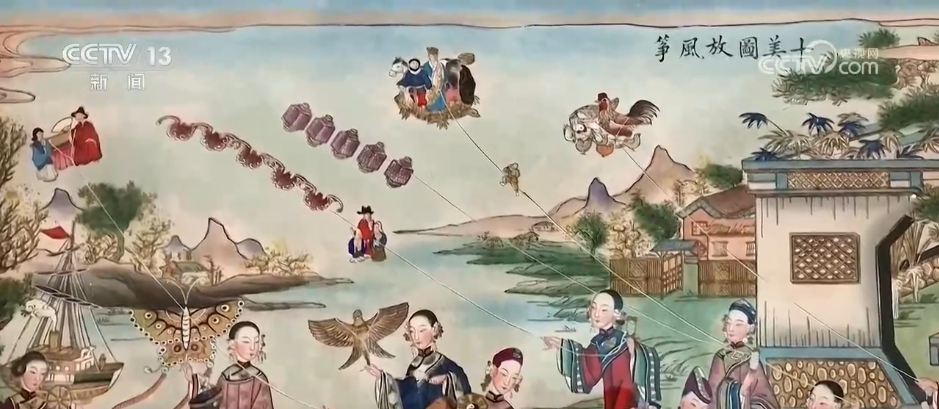
After the Song Dynasty, kites appeared more and more in literature and art works. The pastoral poem by Gao Ding, a poet of the Qing Dynasty, "Children come back early after school and are busy flying kites in the east wind", vividly depicts the joyful scene of people flying kites in spring, and has been passed down to this day and is well-known to everyone.
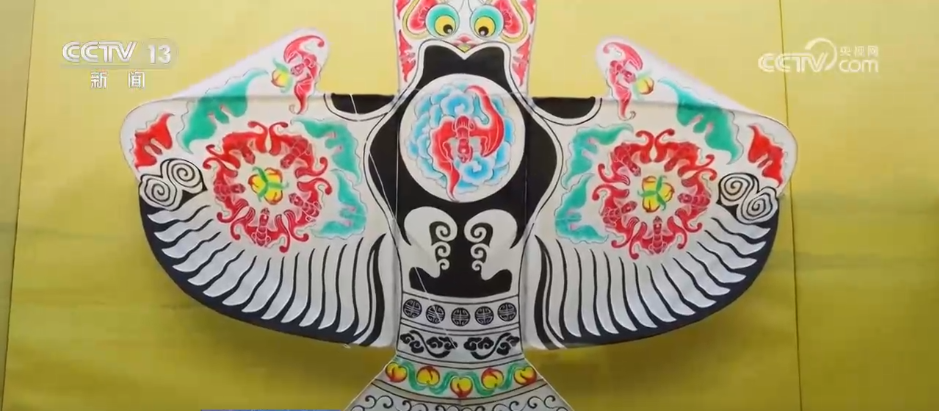
Due to the differences in customs, climate characteristics and aesthetic methods in different places, Chinese kites have gradually developed a variety of unique schools. For example, the Beijing kite represented by sand swallows, the Tianjin Weiji kite, which uses exquisite materials and is exquisitely painted, makes whistles when flying, like a "symphony in the air" and the Weifang kite that learns from others.
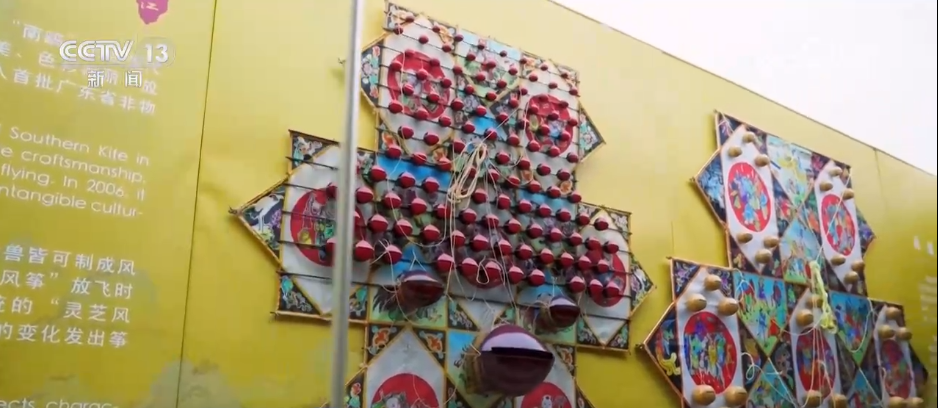
Titting, pasting, painting and flying are traditional kites, and they are still intact. Kite craftsmen polished blades and developed different methods of priming.
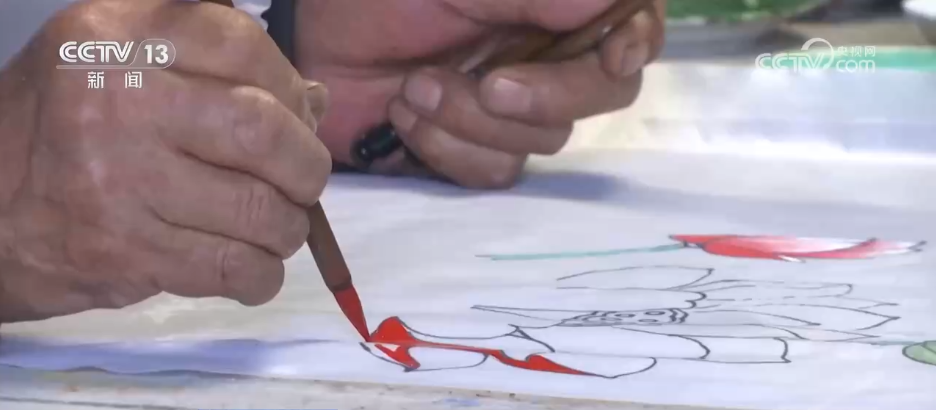
The drawing of kites is also a comprehensive painting technology, which requires both intuitive aesthetic effects and long-sighted effects when flying. There are both Chinese painting kites with the skills and aesthetic characteristics of Chinese painting, and there are also realistic kites that pursue similar shapes and strong realistic nature. Not only can it be released, it also becomes a decoration and collectible. Yang Hongwei, a representative inheritor of Weifang kite production skills, said: "We must not only embody traditional culture, but also integrate with modernity, so that we can resonate with young people and make kites more dynamic."
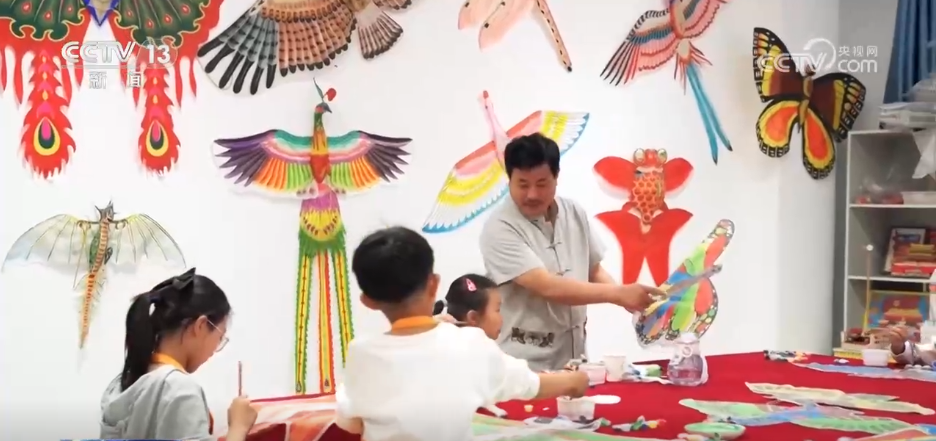
Now, more and more inheritors join the inheritance and innovation of kite crafts. The annual Weifang Kite Festival is not only a visual feast, but also a creative competition. An Lizhe, an associate researcher at the Center for Art Anthropology of the Chinese Academy of Arts, said that kite competition has become a competitive and entertainment event that is loved by people all over the world, forming a kite culture with local characteristics.
